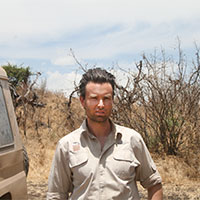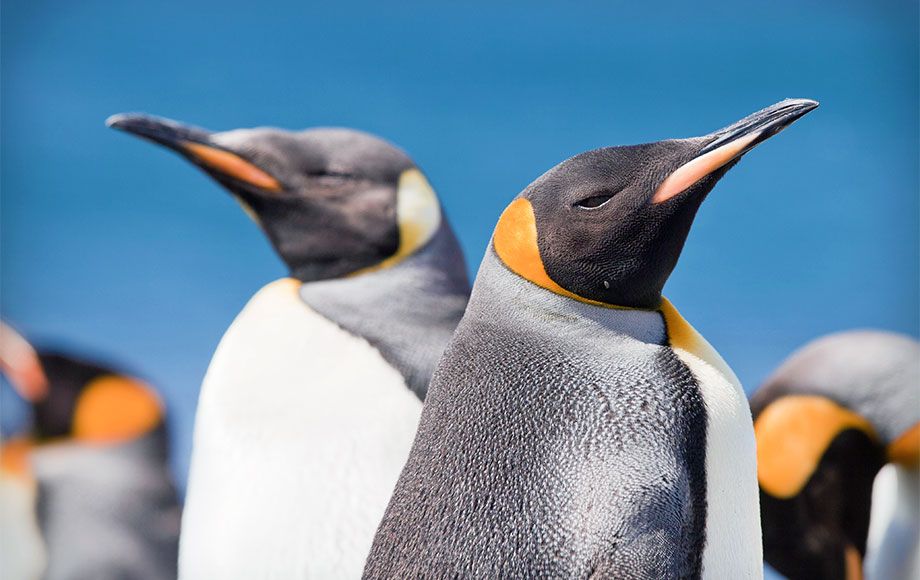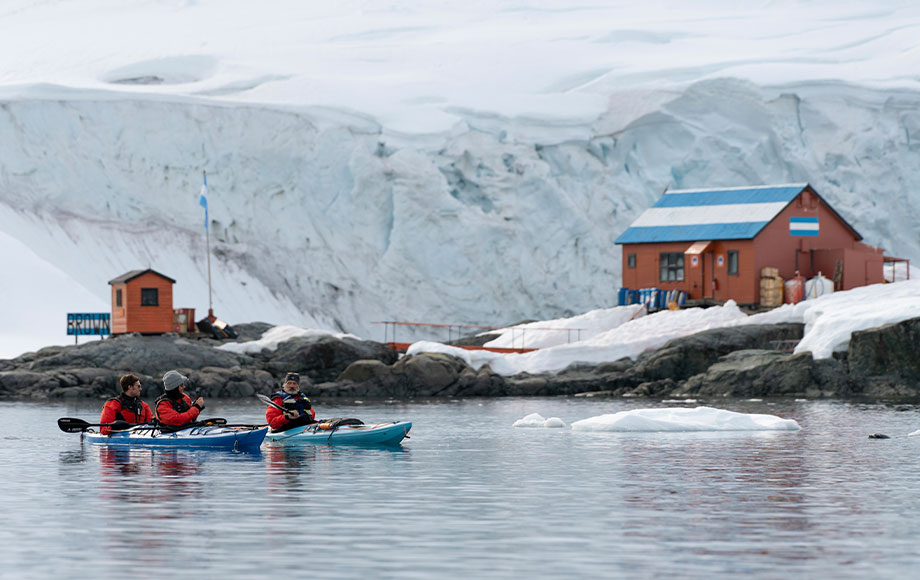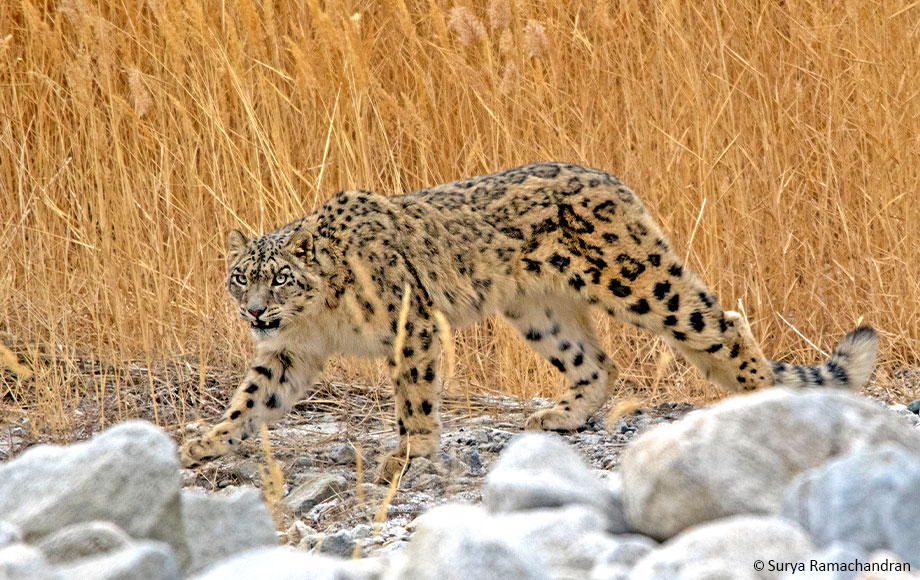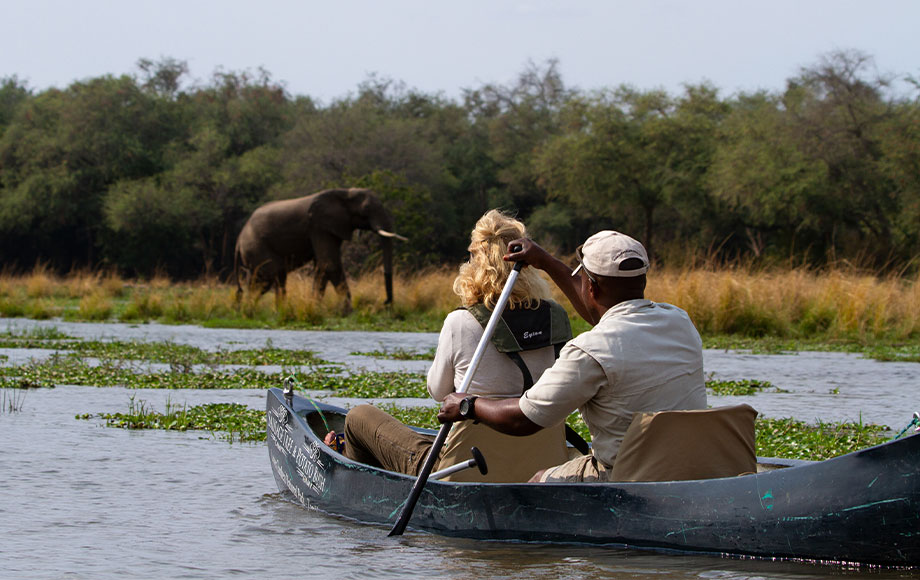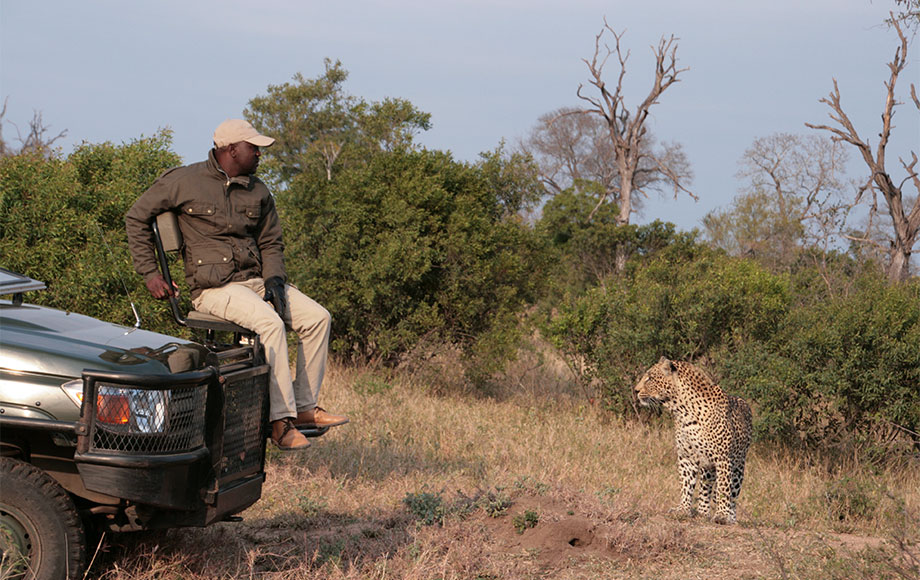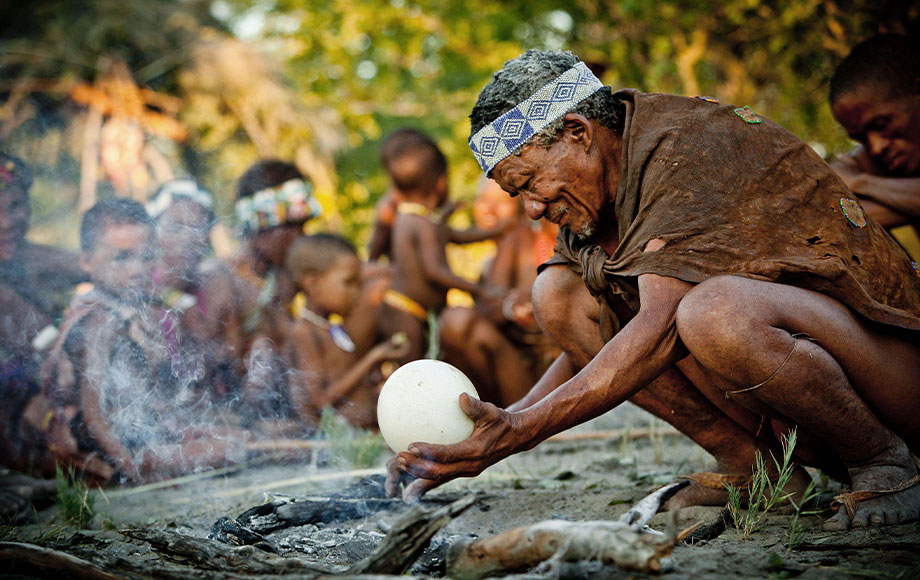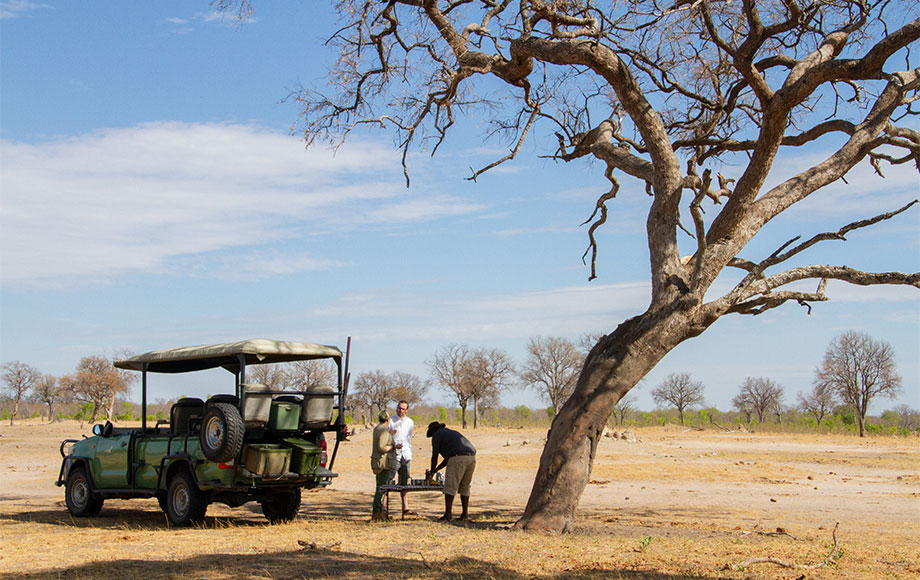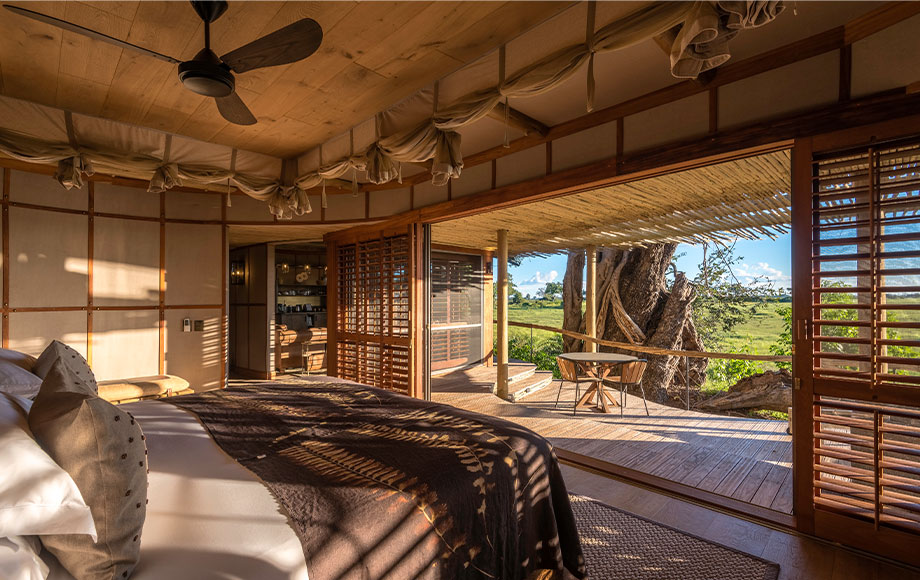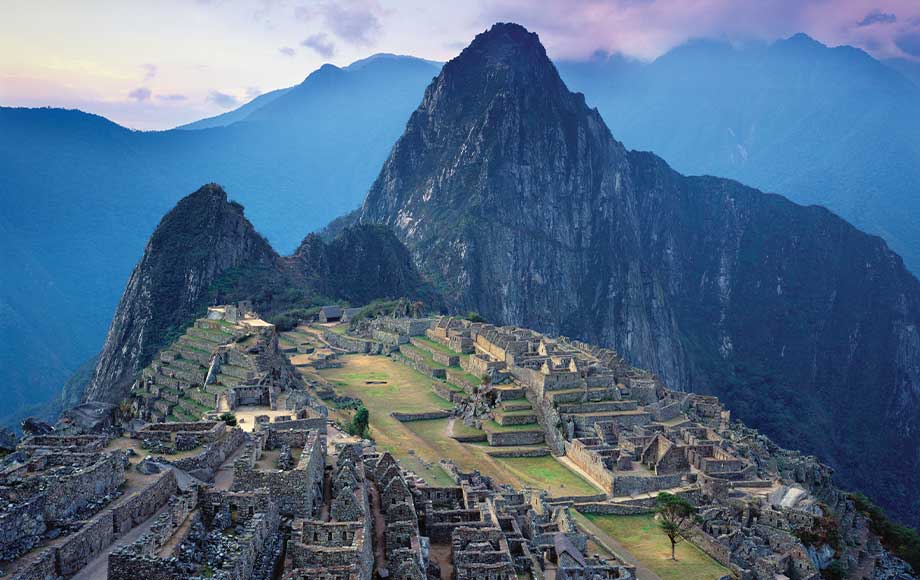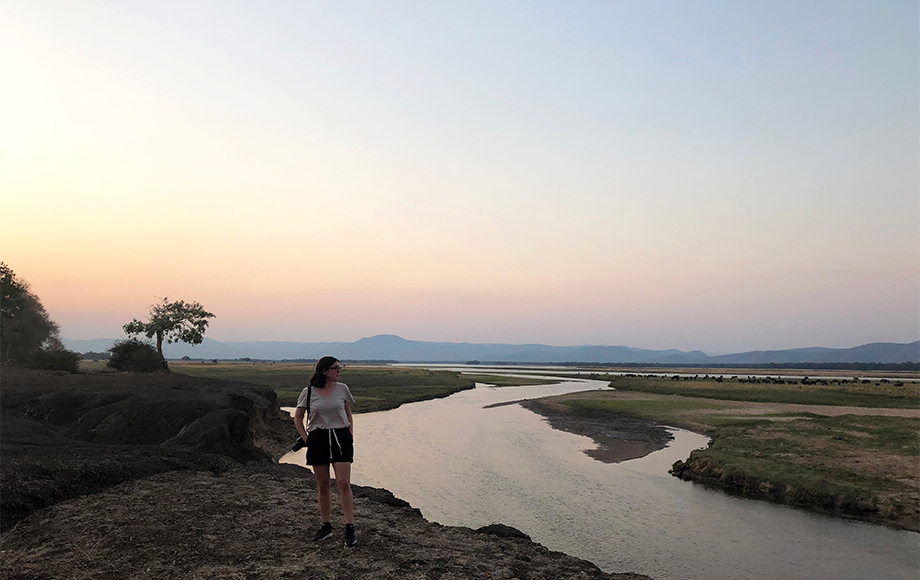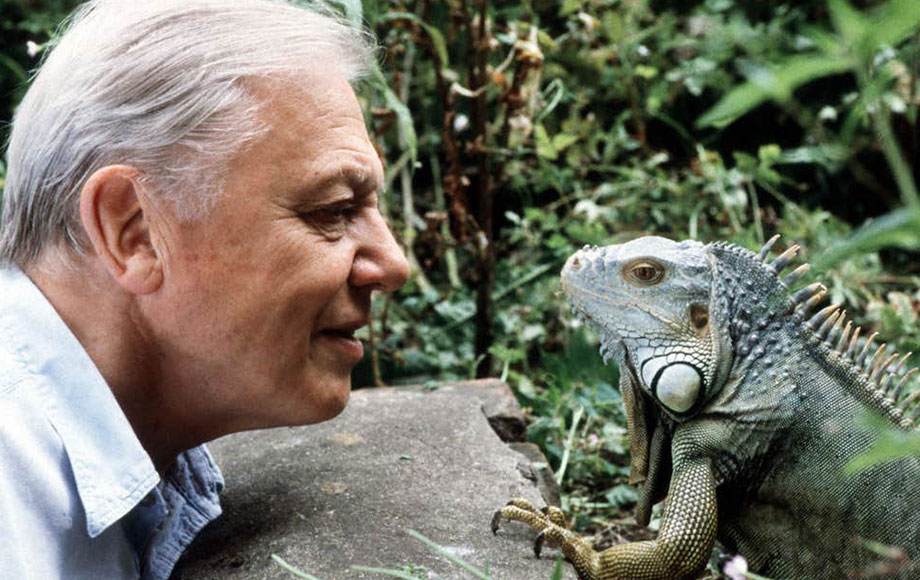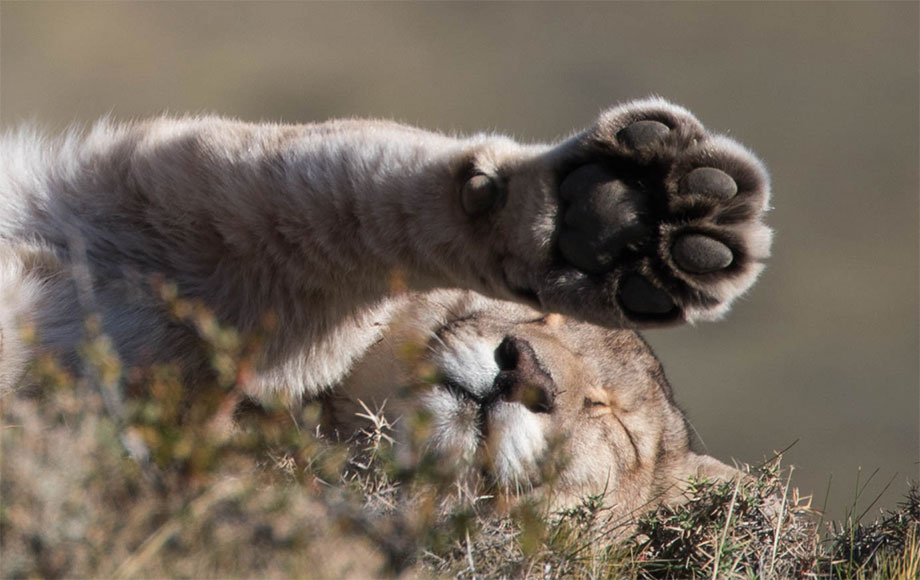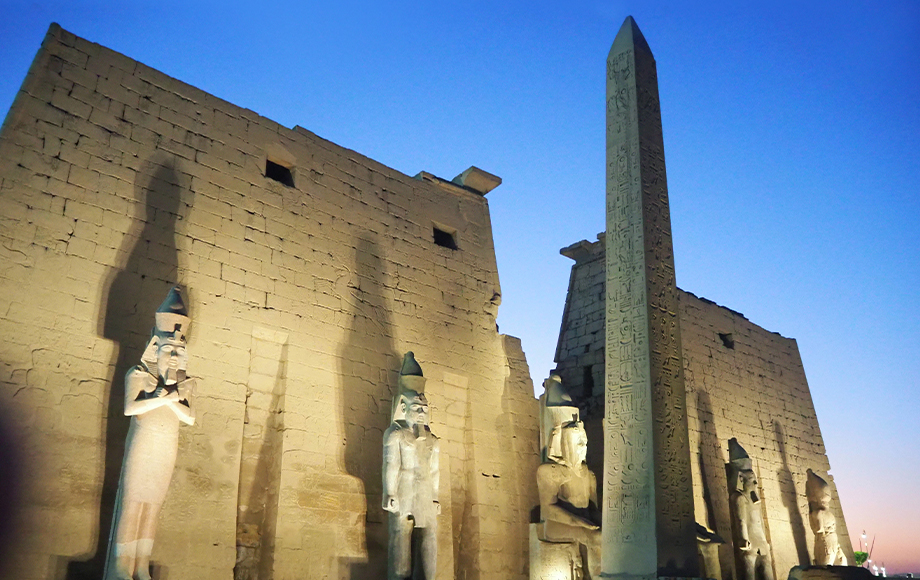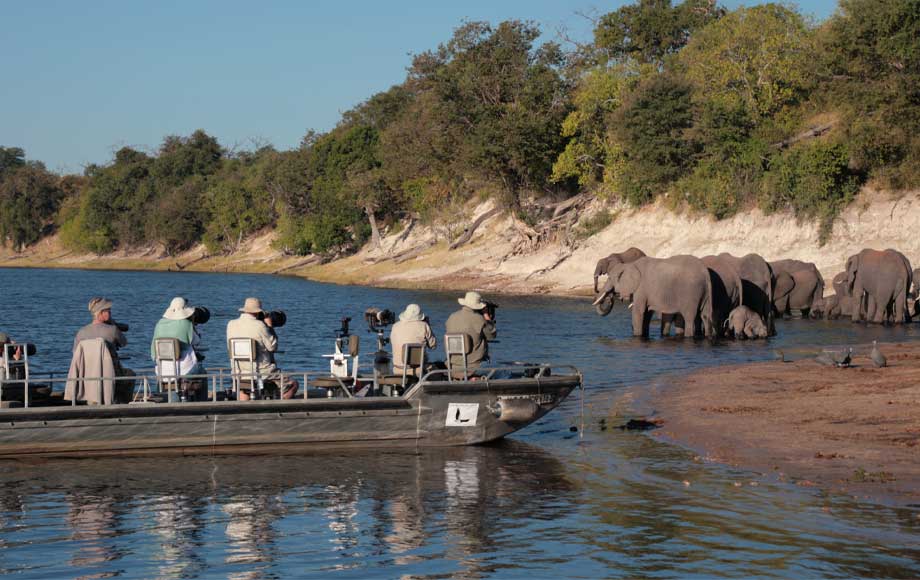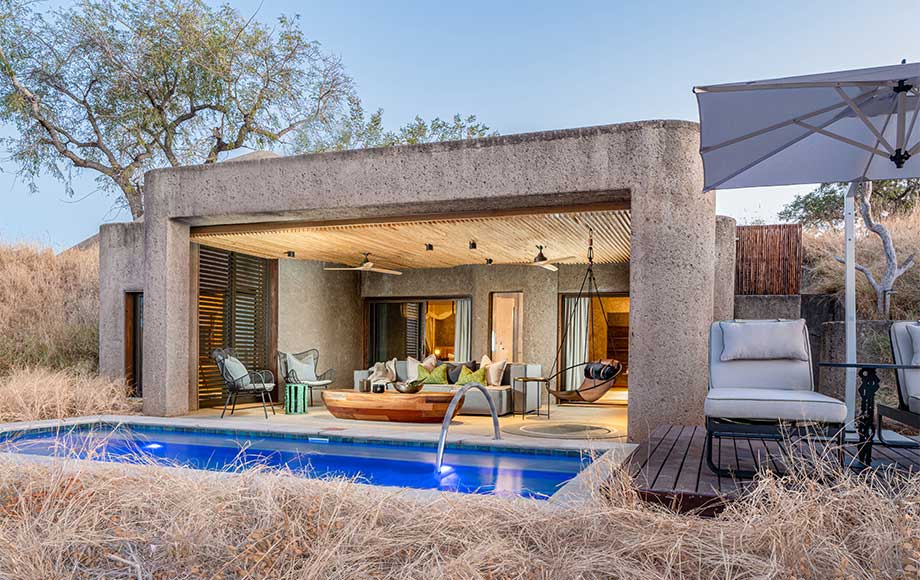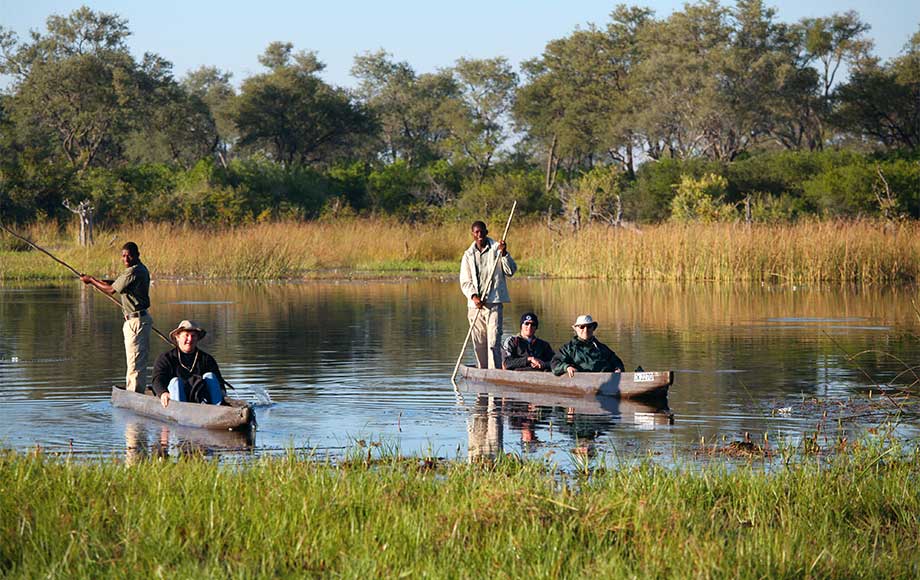The Serengeti
The best wildlife
viewing in the world
A year-round destination Tanzania’s Serengeti ecosystem is a wildlife paradise home to iconic African animals including lion, cheetah, elephant and of course wildebeest and zebra.
April 8th 2020
The best wildlife viewing in the world
By James Cameron
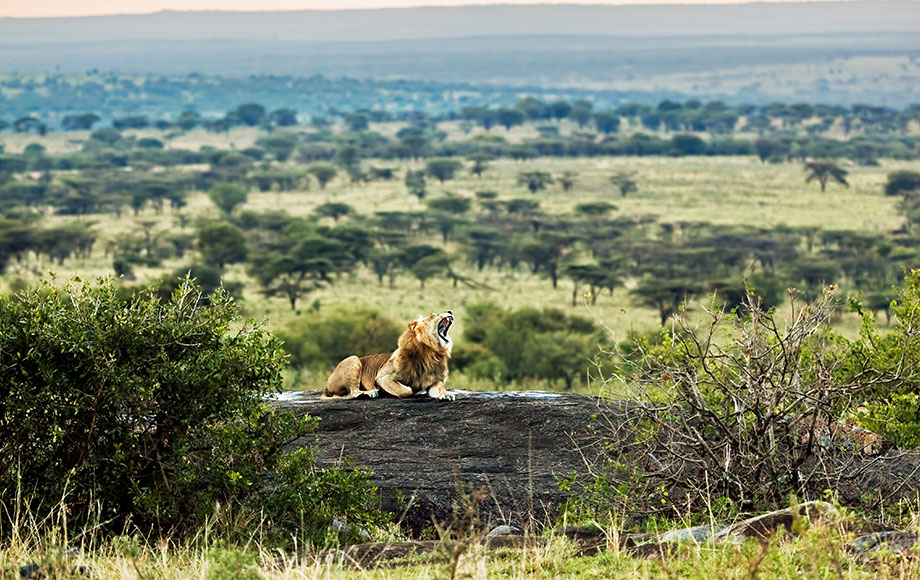
Lion casting his eyes over the savanna
Each year the vast open grasslands play host to one of Earth’s greatest spectacles – the annual migration of more than 2 million wildebeest and zebra. In the local Maasai tongue Serengeti means “endless plain”. This often treeless, yet beautiful ecosystem is dominated by open savannah whilst large granite outcrops or ‘kopjes’ (regularly inhabited by lions) dot the landscape.
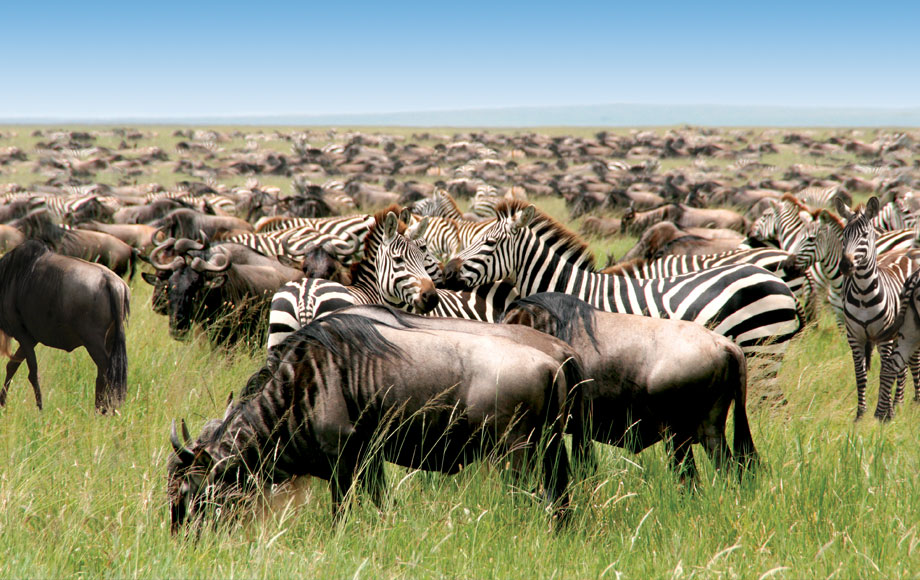
Wildebeest and zebra migration
The area covered by the annual migration is known as the greater Serengeti ecosystem – made up of a multitude of conservation areas and reserves bordering the Serengeti National Park. Completely unfenced it allows for the continual flow of wildlife from the Ngorongoro Crater in the south, across the Kenyan border to the northern reaches of the Masai Mara Game Reserve.
On safari in the Serengeti
The Ngorongoro Crater is a destination in itself and the world’s largest unbroken volcanic caldera. Hidden within is what can only be described as a ‘Garden of Eden’, filled with a myriad of small ecosystems that support a variety of animals, many of which are permeant residents.
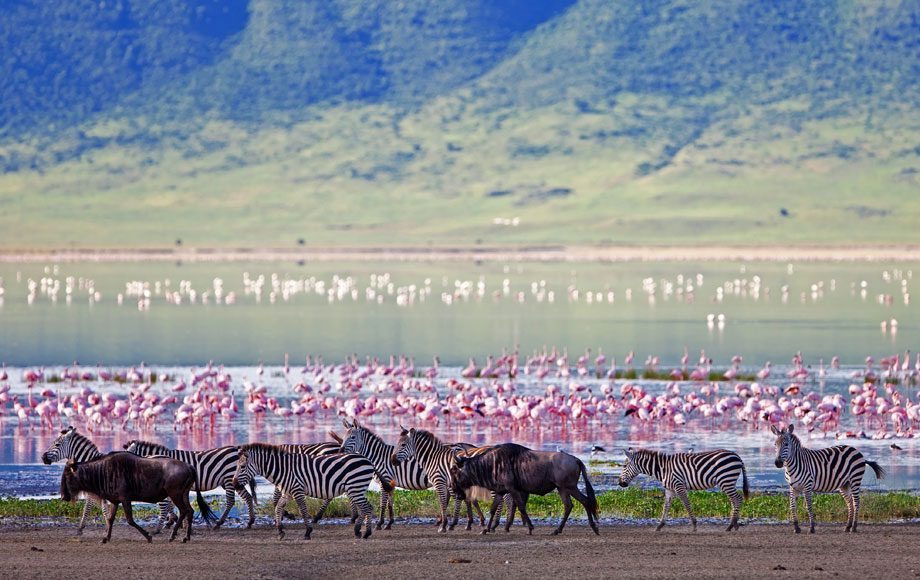
Ngorongoro Crater
So when is the best time to visit the Serengeti?
There is excellent resident game year round in almost every reserve or community area making the Serengeti a year-round destination. But different regions are better at different times of the year – depending on the rains. As the wildebeest migration work their way across the plains it is almost just a matter of choosing where they will be. Visiting each area when the migration passes through offers the chance of seeing outstanding wildlife encounters.
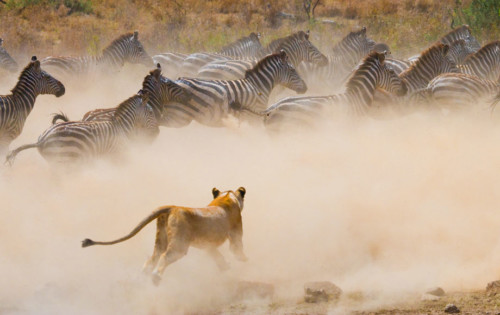
Lion hunting wildebeest
Visiting each area outside migration time also has its benefits. With less demand for accommodation there are generally fewer guests. This means two things; you can relax and enjoy your experience at a camp or lodge a little more; and there are less vehicles out on a daily basis, making sightings more intimate, and in some cases completely exclusive.
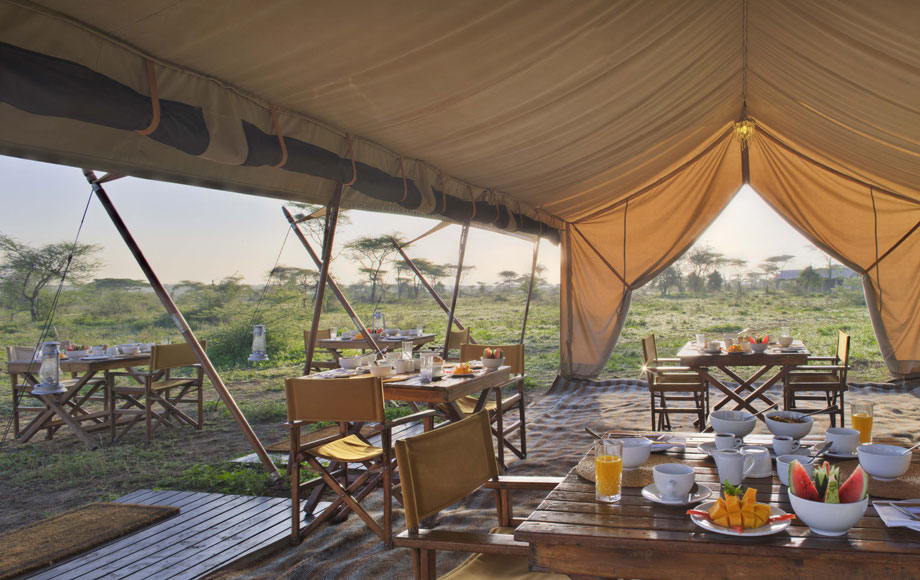
andbeyond Serengeti Under Canvas
Following the migration
For close to 6 months of the year the migration is set on the short grass plains of the southern Serengeti and the Ngorongoro Conservation area. Whilst they are in this region, during January and February, the wildebeest give birth to more than 400,000 calves in just 3 weeks. This incredibly short breeding season is a defensive mechanism to minimise the loss of young to predators.
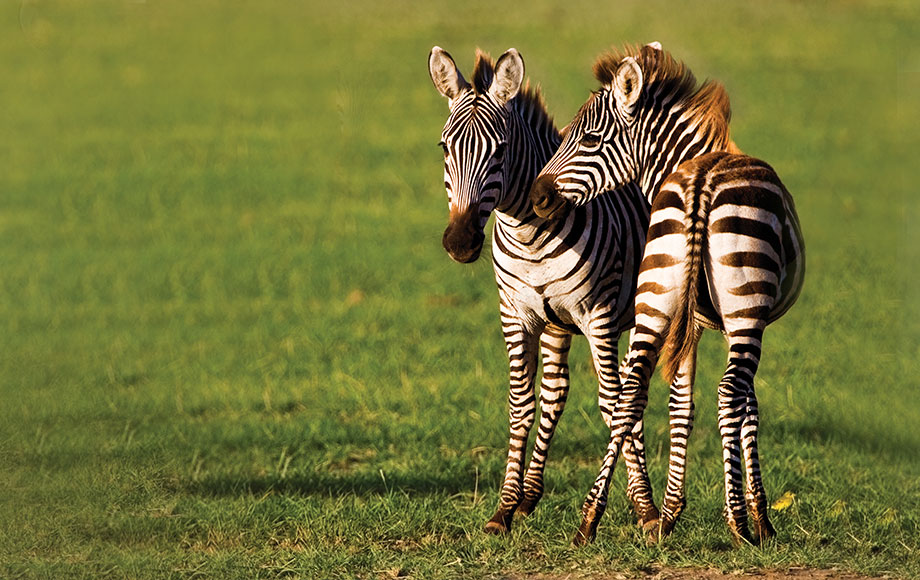
Zebra calves
As the season’s change and the southern Serengeti dries out, the wildebeest and zebra begin to head north/north-west towards the longer grasses of the Western Corridor and Grumeti Game Reserve. June and July marks the time that most of the mating takes place.
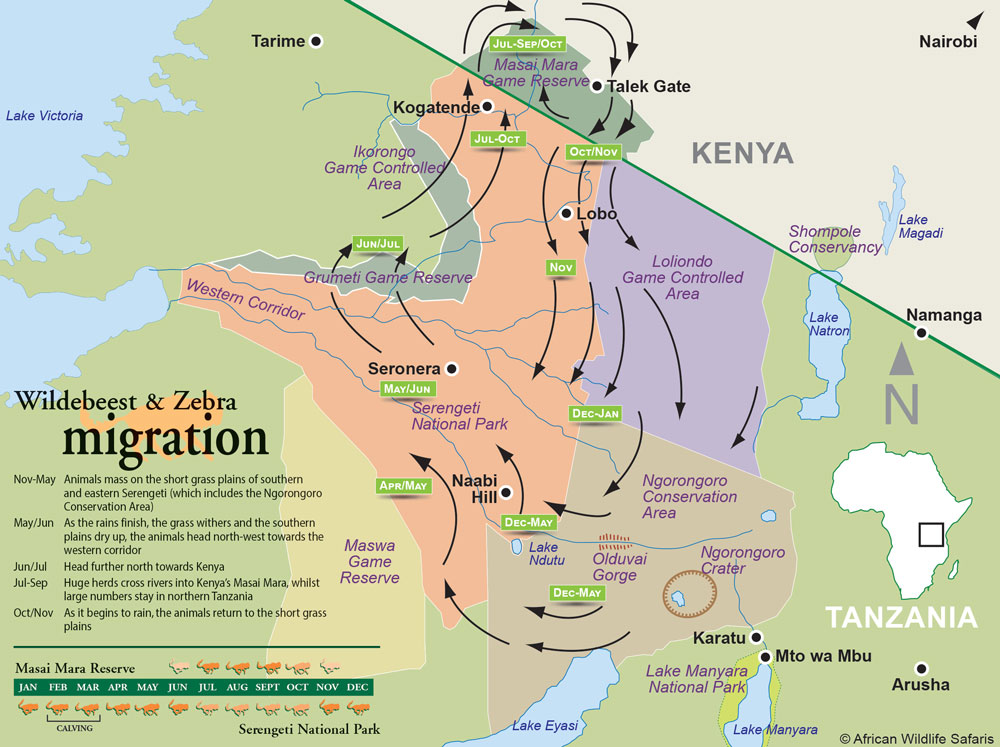
Map of the migration
Depending on the rains, from late July the first few wildebeest start migrating into the far north of the Serengeti and into Kenya’s renowned Masai Mara Game Reserve. However, depending on where the rains are, they may stay longer in Tanzania before moving north into to Masai Mara; or move back and forth between two different regions.
Along their journey wildebeest and zebra don’t only face the daily hassles presented by predators, but also the daunting challenges and danger of river crossings. A river crossing is possibly one of their greatest fears; as they navigate the steep banks and run the gauntlet of turbulent and crocodile infested waters.
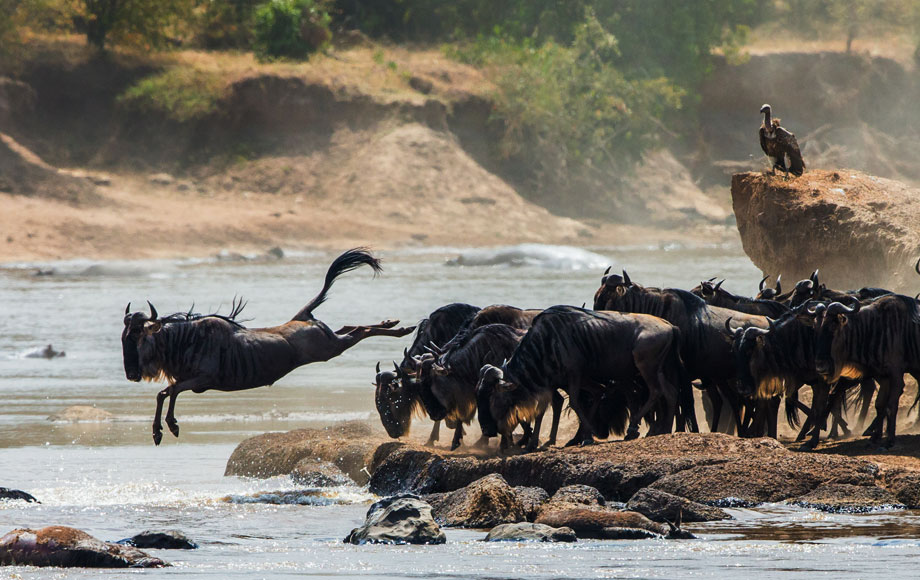
Wildebeest crossing crocodile infested waters
River Crossings
Witnessing one of these famous river crossings is an undoubtable highlight of any safari. Waiting for this to occur requires patience. The fear within the herd often means that they can hesitate for hours on its banks or even retreat and return to the safety of the grassy plains. However when the first wildebeest or zebra crosses, it’s on for young and old. Once an individual decides to go for broke, the rest of the herd plucks up the courage and follows – frantically swimming across to the other side. Crossings can vary in size from a few hundred individuals to a few thousand, but each one is a memorable experience.
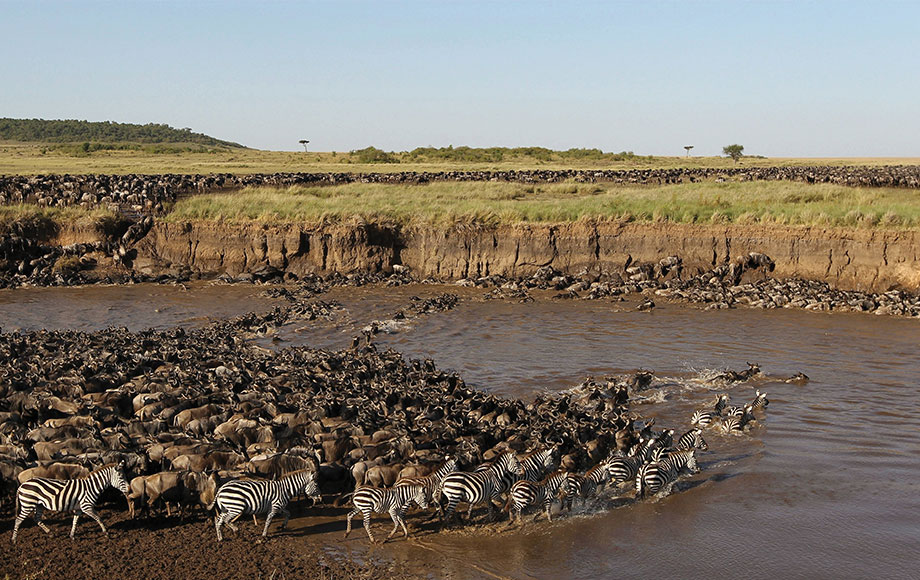
Zebra and wildebeest crossing
This remarkable annual migration is a continuous way of life for these animals and is truly one of Africa’s most iconic safari experiences.
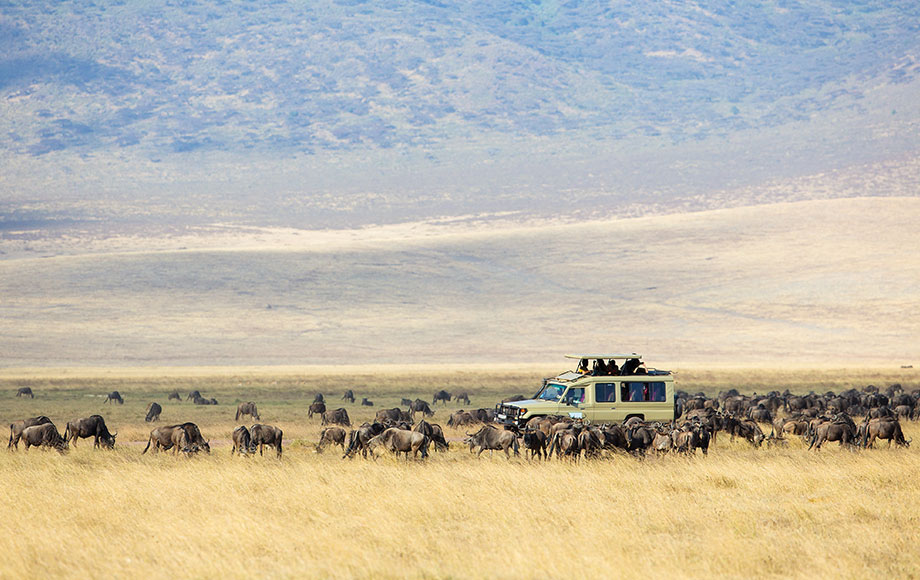
Safari drive through the Serengeti
